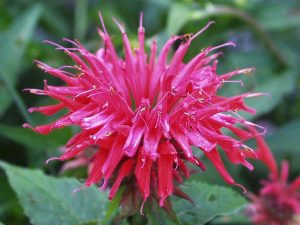Edible flowers are ordinarily associated with haute cuisine and wedding cakes, but you may have several tasty varieties right in your own backyard. Adding flowers to your meals will not only make an ordinary dish look gourmet, they can be quite flavorful and nutritious.
Before eating any flower, you need to make sure it is edible and not treated with pesticides.To clean edible flowers, shake them to rid them of insects. Remove the stamen, the tiny, dusty-looking and pollen-producing anthers at the top of the delicate filament, as some people are allergic, then wash the blooms in a bowl of water, drain using a colander and place them on a paper towel. Flowers are extremely perishable and do not do well when stored in the refrigerator. Ideally, pick them fresh and serve them as soon as possible (store them upright in a glass of water while preparing).
Flowers are natural plant foods, and like many plant foods in nature often contain valuable nutrients for your health. For instance, dandelions contain numerous antioxidant properties and flavonoids, including FOUR times the beta carotene of broccoli, as well as lutein, cryptoxanthin and zeaxanthin. They’re also a rich source of vitamins, including folic acid, riboflavin, niacin, and vitamins E and C.
Flowers can be eaten raw in salads (nasturtiums, dandelion and primrose are popular for this purpose), added to appetizers or infused into sauces and other dishes. Every flower has a unique taste, so you will find the ones that appeal to you most just like any other herb or spice. For instance, bee balm tastes similar to oregano, carnations have a clove-like flavor, and marigolds are sometimes called “poor man’s saffron” because of their peppery, saffron-like flavor.
Squash blossoms grow on the ends of zucchini in loosely twisted swirls topped with bright yellow. Arugula, a frilly, leafy green that’s also called rocket, bears small white flowers that work well in tossed salads or on sandwiches.
 Hibiscus flowers are famously used in hibiscus tea, the vibrant cranberry flavor is tart and can be used sparingly.
Hibiscus flowers are famously used in hibiscus tea, the vibrant cranberry flavor is tart and can be used sparingly.
Marigolds netted high concentrations of polyunsaturated fats, like linolenic acid and alpha-tocopherol (vitamin E).



